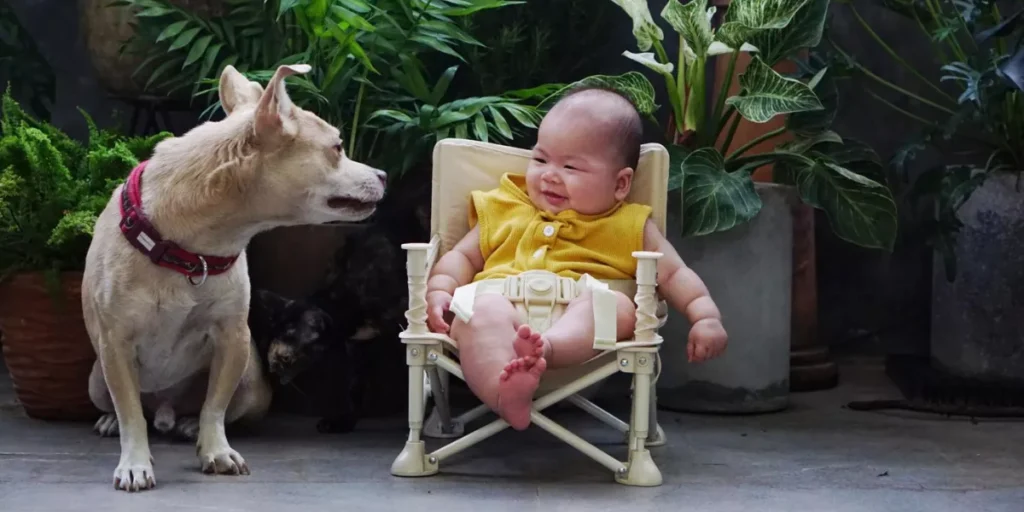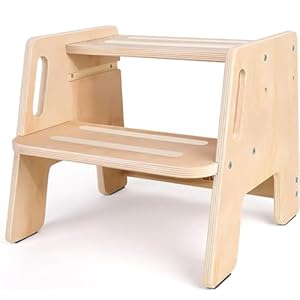
When bringing your newborn into a home with pets, ensuring a smooth and safe introduction is paramount. You may have considered many aspects of this transition, but have you thought about the importance of gradual exposure and positive associations between your baby and your furry companions? It’s not just about the initial meeting but the ongoing relationship development that truly matters. Stay tuned to discover essential safety tips that will help foster a bond between your baby and pets while keeping everyone secure and content.
Pet Selection
When choosing a pet to introduce to your baby, consider the animal’s temperament and size. You want a pet that’s gentle, patient, and well-behaved around children. Dogs like Golden Retrievers and Labradors are known for their friendly nature, making them great choices for families with babies.
Small to medium-sized breeds are generally more suitable due to their manageable size and lower risk of accidentally knocking over your little one. Cats can also be good companions for babies, but make sure they’re comfortable being around children and have a calm demeanor.
Additionally, consider any allergies your baby may have, as some pets can trigger allergic reactions. It’s important to introduce your pet to your baby gradually and under supervision to ensure a safe and positive interaction.
Preparation at Home
To prepare your home for introducing your baby to pets, ensure that the environment is safe and pet-friendly. Start by creating designated spaces for your pet and baby. Set up a comfortable area for your pet with their bed, toys, and water bowls in a separate room where they can relax and have some alone time. Make sure this area is secure and inaccessible to your baby to prevent any unwanted interactions when you’re not around.
Next, baby-proof your home by installing baby gates to separate areas where your pet isn’t allowed or where your baby will be playing. Keep pet food, litter boxes, and other pet supplies out of reach to avoid any accidents. Additionally, secure any loose wires or cords that could be hazardous to both your baby and pet.
Lastly, familiarize your pet with baby-related sounds and smells by playing recordings of baby noises and using baby lotions or powders. This will help your pet adjust to the new member of the family before the actual introduction takes place. By taking these steps, you can create a safe and harmonious environment for your baby and pet to coexist happily.
Supervised Interaction
Ensure that you’re present to supervise the initial interactions between your baby and pets to promote a safe and positive introduction. When introducing your baby to pets, it’s crucial to be there to closely monitor the interaction. This allows you to observe how your pet behaves around the baby and vice versa, ensuring a controlled environment for their first meeting.
During this supervised interaction, stay close by to intervene if necessary. Even if your pet is well-behaved, it’s important to be proactive and ready to step in if any signs of discomfort or aggression arise. By being present, you can prevent any unwanted behaviors and address them promptly.
Use this time to help your pet adjust to the presence of the new family member gradually. Encourage gentle and calm interactions, and provide positive reinforcement for good behavior. This initial supervised interaction sets the tone for future interactions between your baby and pets, fostering a bond built on trust and respect.
Safety Measures
Consider implementing key safety measures to create a secure environment when introducing your baby to pets. Firstly, always supervise interactions between your baby and pets, even if they’re the most gentle creatures. Never leave them alone together, as unforeseen situations can arise. Additionally, teach your baby gentle petting techniques to prevent accidental scratching or biting. Encourage your baby to interact calmly with the pet and avoid sudden movements that may startle them.
It’s crucial to establish boundaries for both your pet and baby. Create designated pet-free zones where your baby can play without any risk. Likewise, ensure there are safe spaces for your pet to retreat to if they feel overwhelmed. Keep pet supplies out of reach of your baby to prevent accidental ingestion or mishaps.
Lastly, maintain regular veterinary check-ups for your pet to ensure they’re healthy and up to date on vaccinations. By following these safety measures, you can foster a harmonious relationship between your baby and pets while prioritizing everyone’s well-being.
Trending Products














